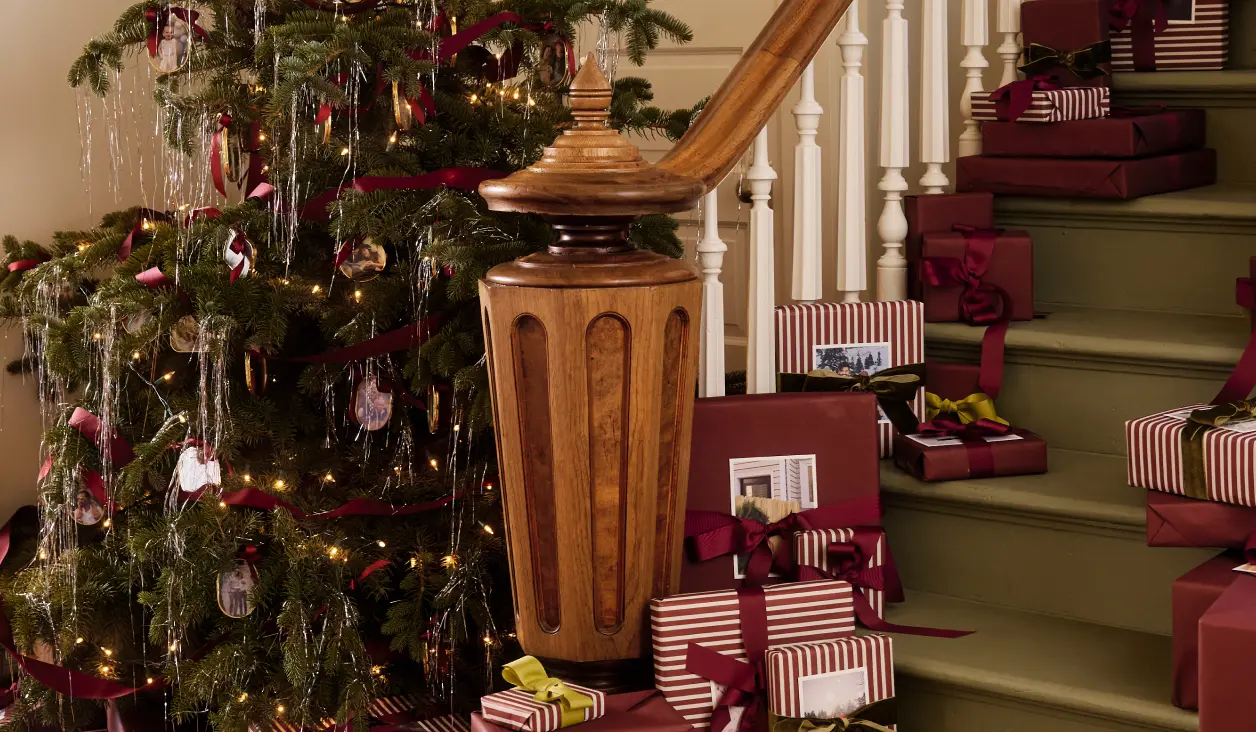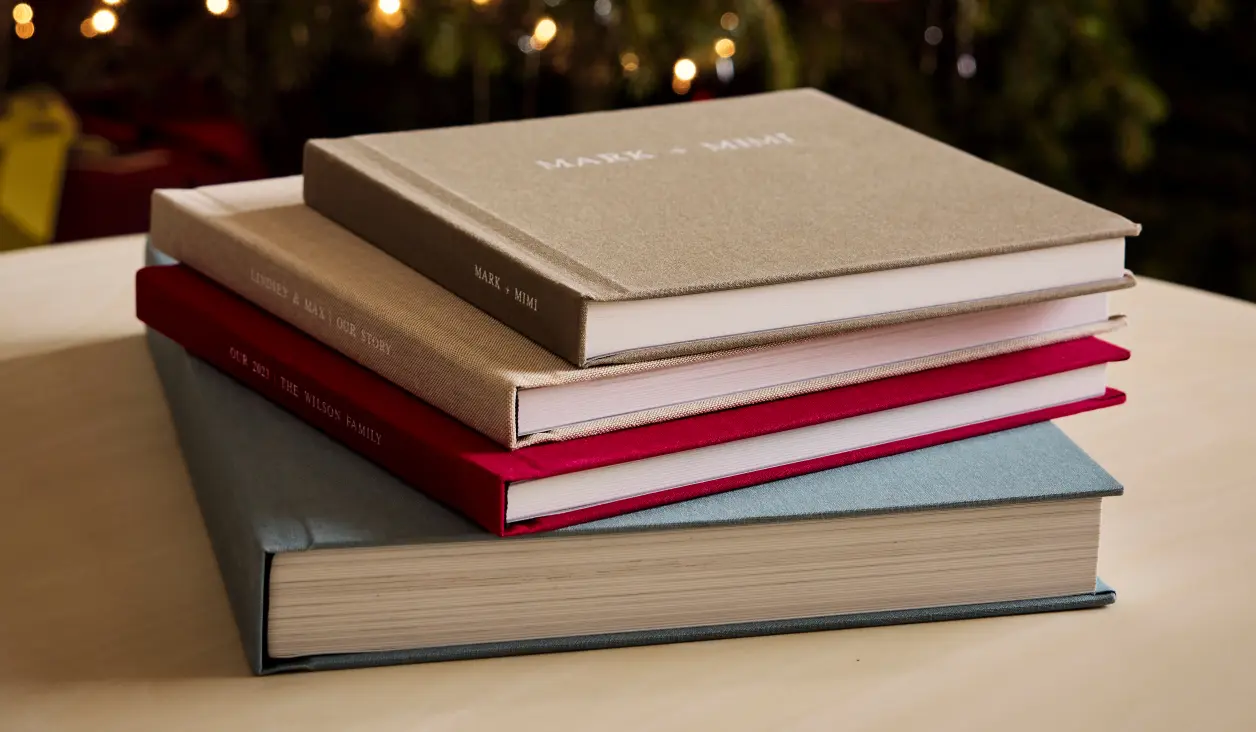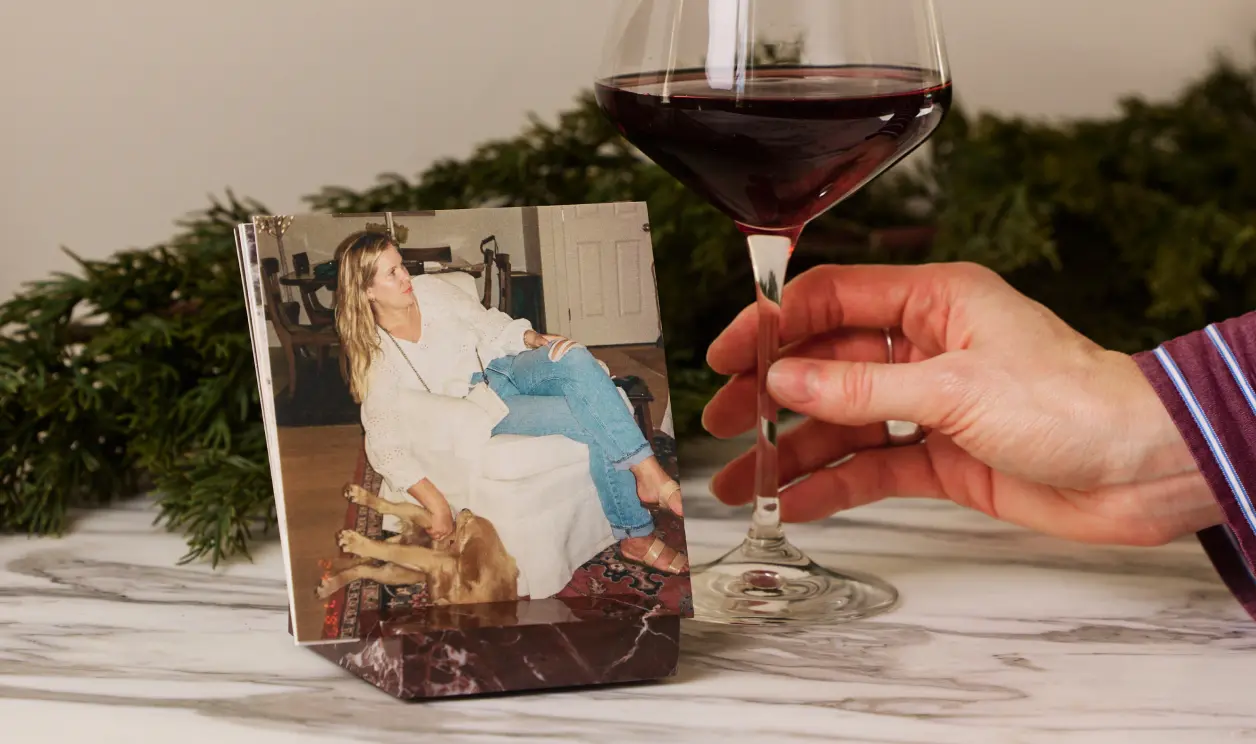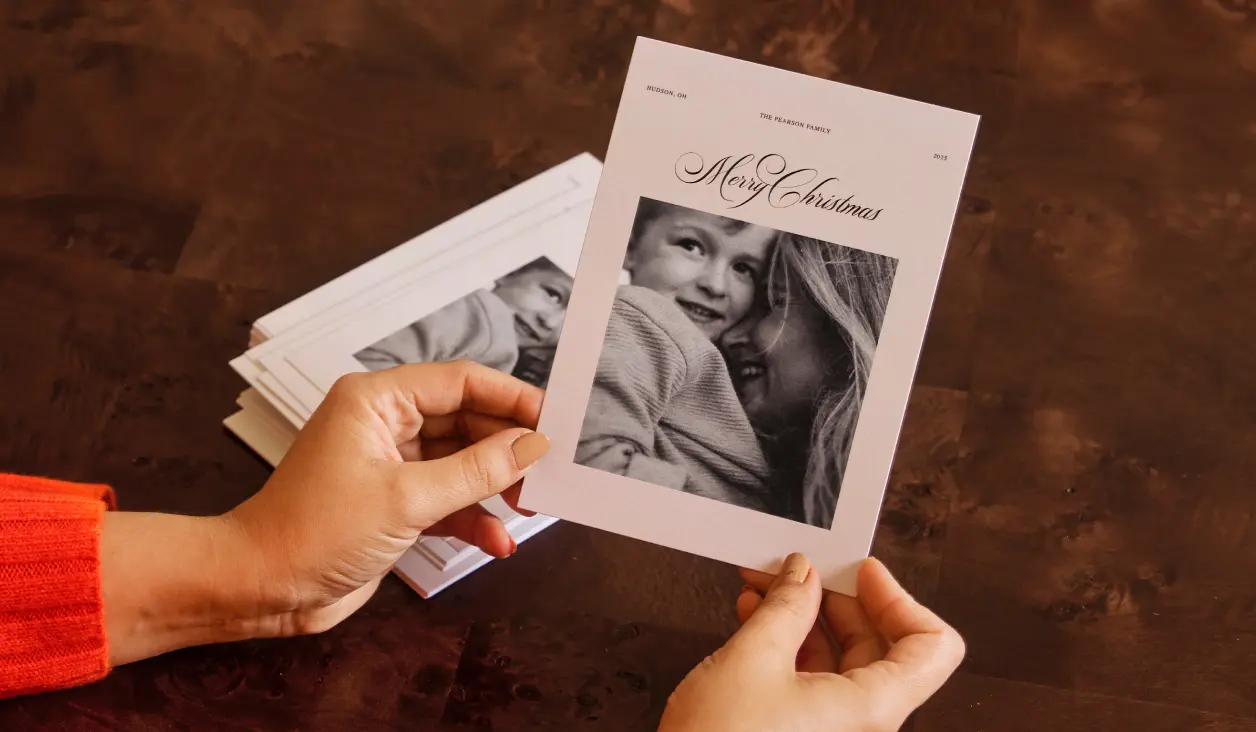Why is the majority of your work monochromatic?
Black and white photography erases time from the equation. You can compare an amazing black and white image that was shot today to one from the 1940s and there is no obvious timestamp (other than maybe style or technology). When you picture the 1950s or 60s with your eyes closed, you can still imagine the color within the monochromatic tones. This style truly makes timeless images. It also allows you to focus more on the emotion in the image as opposed to the timeframe.
Black and white photography erases time from the equation.


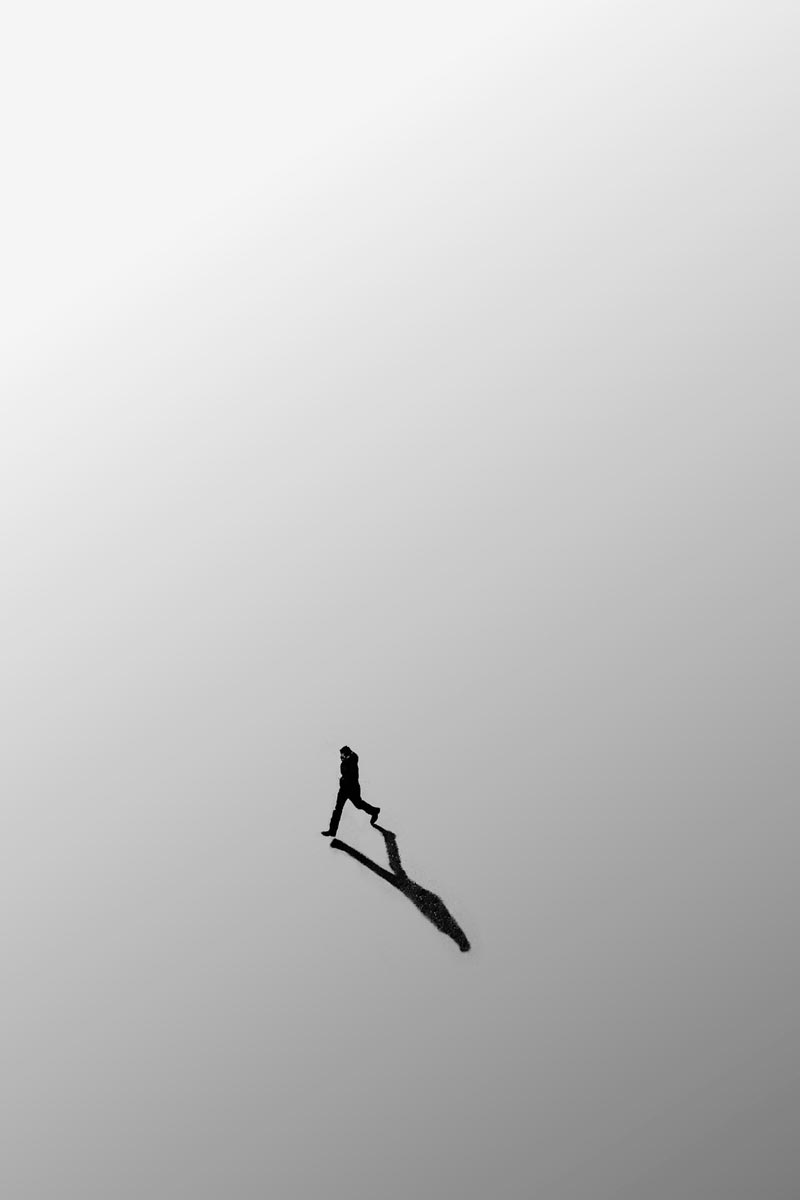


Why is photography important to you?
As I navigate through my day, photography is like white noise - it's almost therapeutic in a way. My day job and my life are constantly in motion, and photography allows me to disappear and find the little moments where I am not thinking of anything. I can clear my mind and often come back from it with answers for everything.
How would you describe your style?
A study of the human condition against architectural scale. Within that, I look for little moments that happen every single day.


Tip 01
Look for Light
For me, photography is about looking, searching, and finding. When it comes to black and white photography, always start with light. For example, if I spot good light coming down an alley - I will sit and wait for a genuine moment to happen in that light. My composition is tailored to the light at hand. I have an obsession with finding perfect composition - balancing what the end viewer sees. For example, I love using symmetry to show scale and depth.


Tip 02
Make Them Feel Something
You need to make people feel something when creating a photograph - whether this is black and white, color, etc. I look for micro-moments that are honest and human. For example, take a look at the photo below taken in Washington Square Park in New York. I looked down 5th avenue and it was completely backlit. I stood there and waited and waited and waited. All of a sudden a guy was standing there - perfectly under the arch. He was waiting for a girl. They embraced for a few seconds, kissed, and then walked away. That is what I am looking for. Find the intersection of light, composition and a real human moment.
Find the intersection of light, composition and a real human moment.

Tip 03
Find Your Style
Recognize what it is that you love about your photographs and from there, define your style. My process is natural because I have a very specific goal of studying the human condition against architectural scale. I have trained my eye to look for lines, light & composition that are similar to what I am creating as a whole.
A great example for this is Harry Callahan. He would go out almost every morning, walk through the city he lived in and take numerous pictures. He then spent almost every afternoon making proof prints of that day's best negatives. He was his own critic and editor and produced no more than half a dozen final images a year. I can pick out one of his photos at the beginning of his career and at the end of his career because they are that distinct in nature.
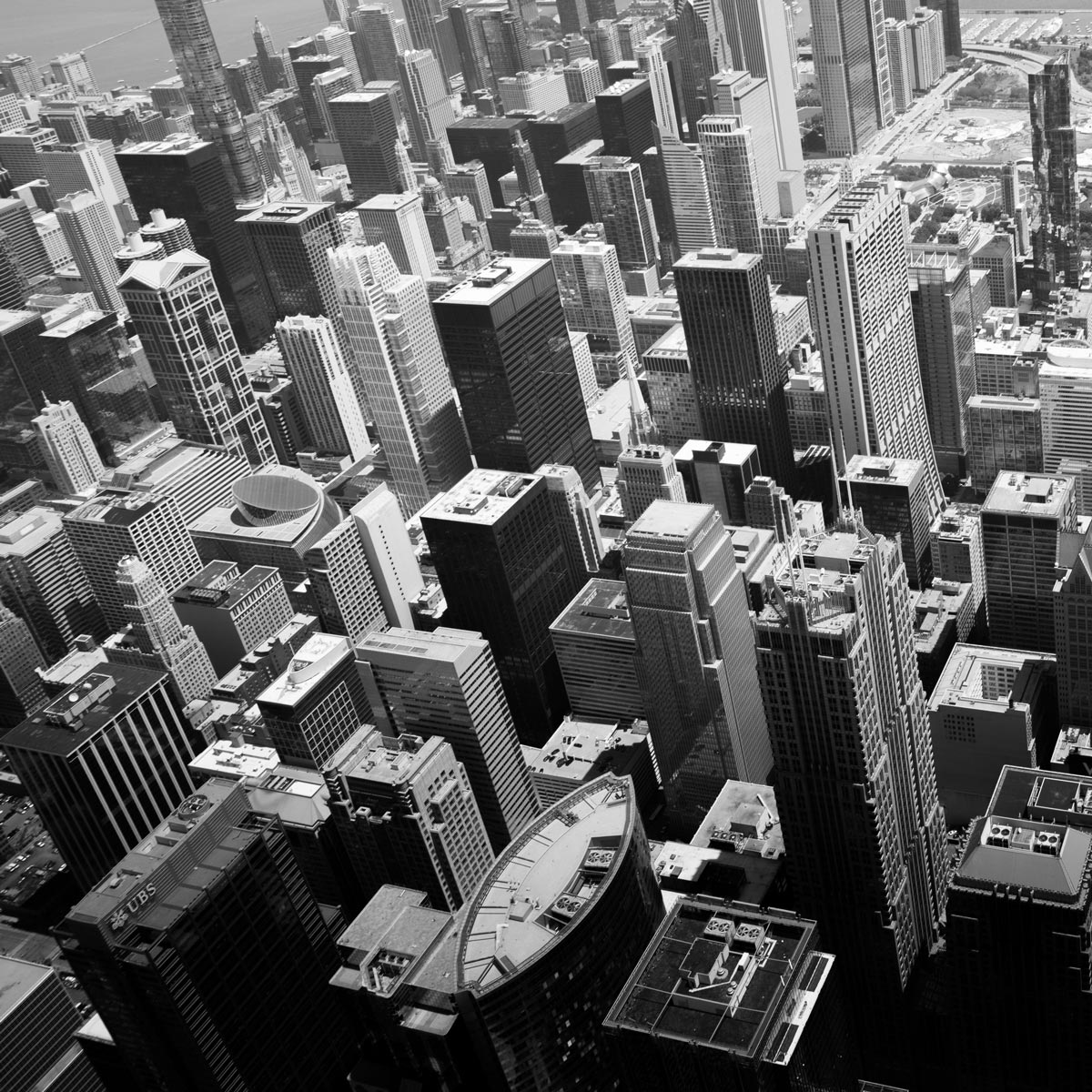
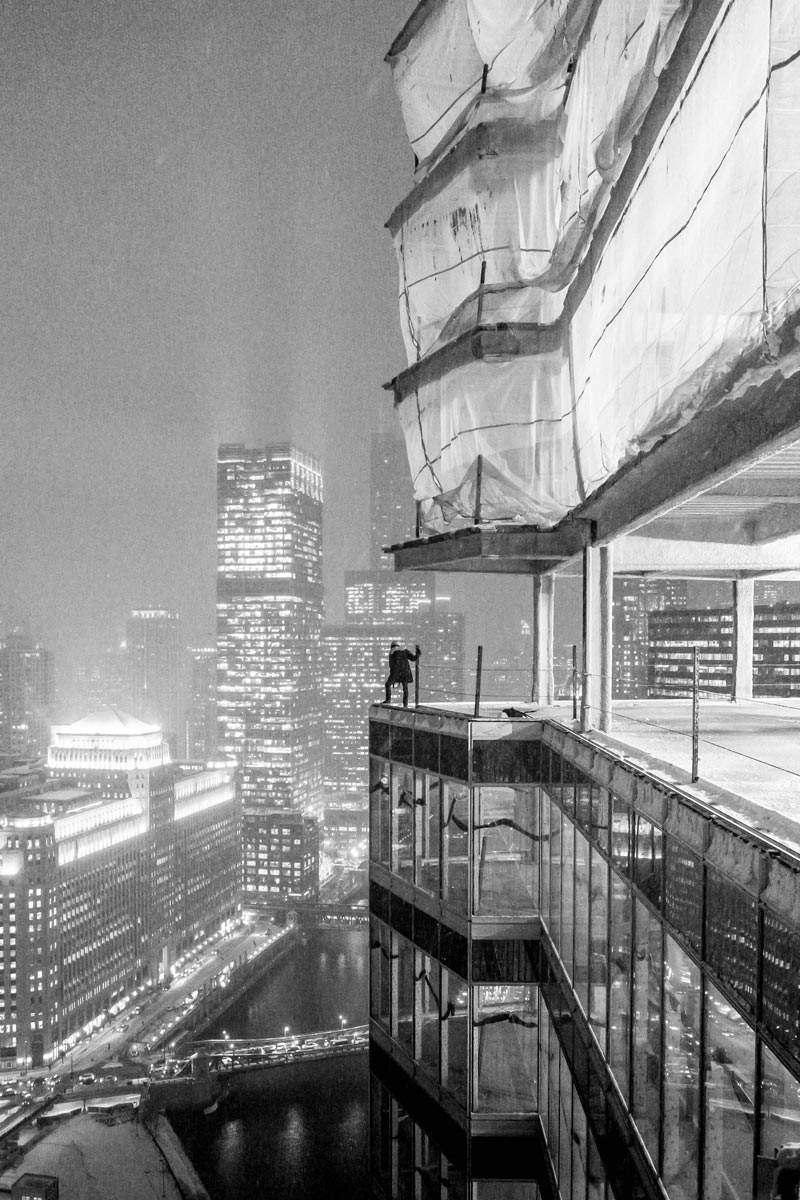

Tip 04
Value Broad Daylight
Contrary to what you may have heard — try shooting in broad daylight. I like the harsh daylight because it brings out crazy amounts of contrast in shadows. This is how I shoot my 'white on white' series pictured below. This can literally can be done from my office window. When you super overexpose your image - everything should be blown out to white. The contrast of the person and the shadow is so great that it kind of goes through the over exposure. If you are using an iPhone, tap on your subject and then hold your finger down to drag the exposure up before taking the photo. On a DSLR, there are a number of ways to do this, but try starting with the lowest ISO (my Leica SL goes as low as 50 ISO) and then open the aperture up to let a lot of light in while keeping a super fast shutter speed to really freeze motion and ensure sharpness. I then do a light edit (see more about my editing process in Tip 06).


Tip 05
Pick Up a Camera Every Day
Be your own harshest critic. Shoot 4 to 5 images every single day and be patient with yourself. I am on a quest to create the perfect image. I am never fully happy with what I am doing - I try to make it better and better and better - adding slight iterations to similar frames or photos.
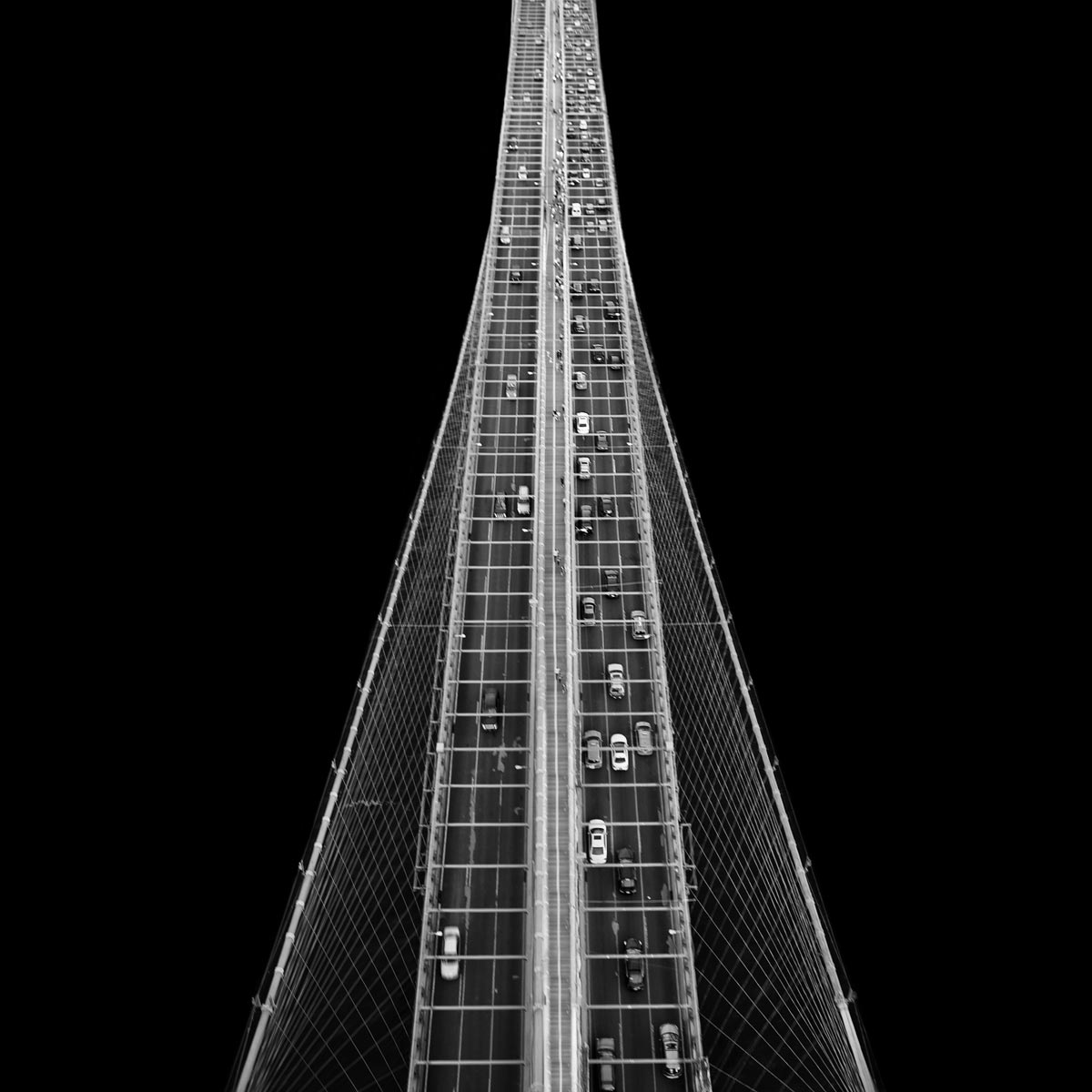
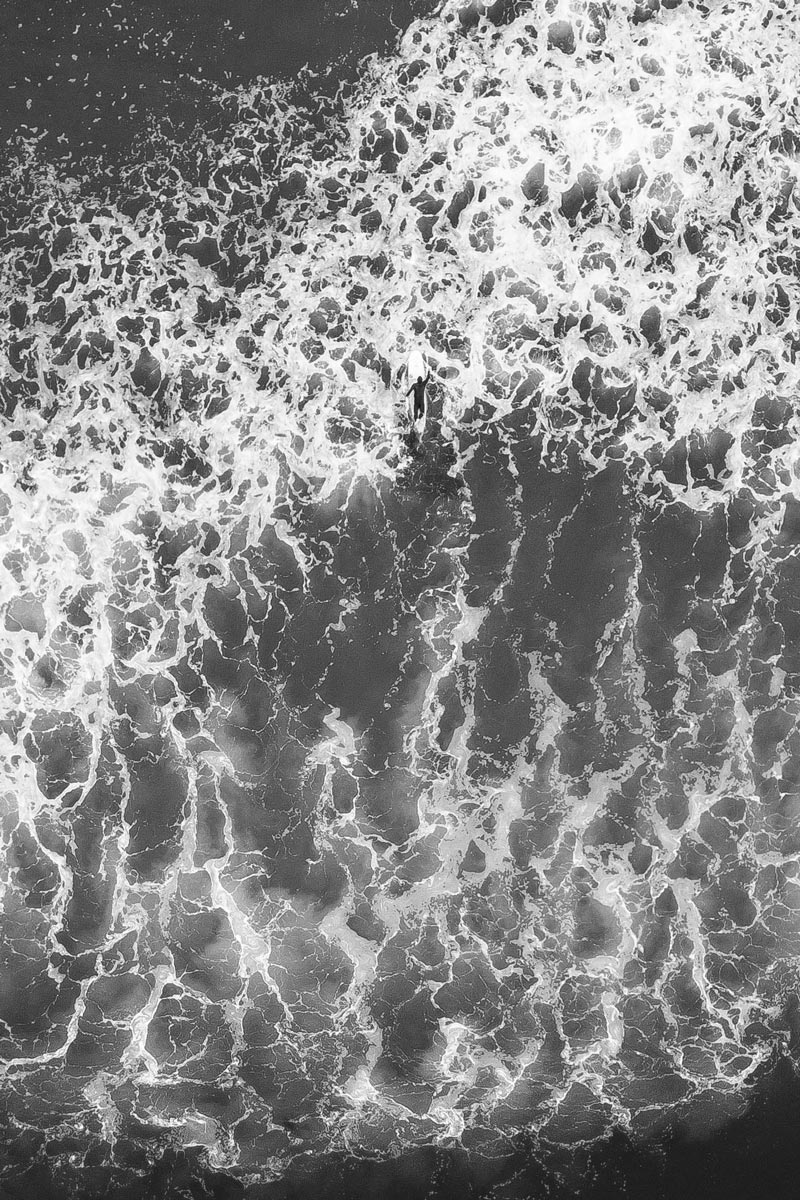

Tip 06
Practice the 5-Minute Edit Rule
I only spend up to 5 minutes editing a photo - though it usually only takes 30 seconds to 1 minute. I created that rule for myself so I am not over-editing or overthinking it. I shoot in such a way that I already know the minor edits that need to be performed. When editing on mobile, these are my simple steps:
Step 1: I use Snapseed to increase both the sharpening and clarity to around 60%. This makes up for the physical size of an iPhone lens (they are a bit limiting).
Step 2: I then bump down the saturation and up the contrast.
Step 3: I save the image and bring it into Filterstorm to crop to 4 x 5 (this size fills your screen most on an iPhone).
For those who have access to Lightroom: You can also play around with hand contrasting, painting shadows, and the gradation tool.
Tell us about a shot you love the most.
It is actually a series — a series where I shoot in on the train windows at Chicago's Union Station. When you are on the train, they have these weird green florescent lights which are really beautiful, but make it hard for you to see outside the train in the station. Because of this, I am able to both frame and capture 100% natural moments. There is something really pure and honest about that series that I really love and continue to go back to.
I posted one of these photos on my Instagram four months ago and someone just said, "Oh my, this is amazing! That's my father-in-law". The father-in-law reached out to me and I gave him a signed print of his commute home. I love that social media reminds us that we have an immediate real world connection. I have hundreds of those stories.



